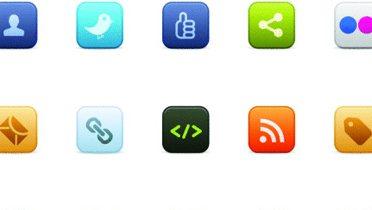Executive Summary
Government agencies in the United States and around the world are increasingly looking to leverage social media to improve the quality of government services and enable greater citizen engagement. One central challenge that has emerged is the blurring line between the three types of social media use by government employees, namely agency use, professional use, and personal use. In this brief, the Center for Technology in Government at the University at Albany draws on its research on social media to clarify these different use types and why they matter for designing social media policy.
- Agency use—Official agency use implies that an employee’s use of social media is for the express purpose of communicating an agency’s broad interests, or specific programmatic and policy interests.
- Professional use—Professional use implies that an employee’s use of social media is for the purpose of furthering their specific job responsibilities or professional duties through an externally focused site.
- Personal use—Personal use implies that the employee is using social media for personal interests, which have nothing to do with their job duties for the organization.
On paper, the boundaries between these three use types appear relatively straightforward; however, in practice they are fluid and therefore, difficult to regulate. Social media tools enable an employee to simultaneously engage in professional and personal uses. This simultaneous use makes traditional methods for overseeing employee use of the Internet ineffective, requiring government managers to rely, in many cases, on employees to self-monitor their use of social media. Navigating boundaries between personal, professional, and agency uses is also difficult because the social media environment does not distinguish between “personal” and “professional” personas. This contributes to a further loss of control by government agencies accustomed to tightly controlling official agency messages
Government professionals see a social media policy as an important first step in addressing these blurred boundaries, but are struggling with what such policies should encompass. Eight essential elements for government social media policy emerged from the project, which agencies can use to direct their efforts.
- employee access – the degree to which employees are allowed to access social media sites while at work and the procedures for gaining access;
- account management – procedures for creation, maintenance, and destruction of social media accounts;
- acceptable use – guidelines on how employees are expected to use social media tools while at work, including issues such as time of use, purposes of use, and types of equipment;
- employee conduct – expectations for employee conduct on social media sites and consequences should a violation occur;
- content – procedures for posting content on official agency social media pages, including creation and editorial requirements for such content;
- security – security procedures for safeguarding government data and infrastructure;
- legal issues – legal considerations and requirements for use of social media; and
- citizen conduct – management of citizen-generated content on a government agency social media site.
This briefing serves as a guide for government agencies, whether they are simply beginning to consider the opportunities and challenges of social media or are in the midst of the complex process of social media policy development.



